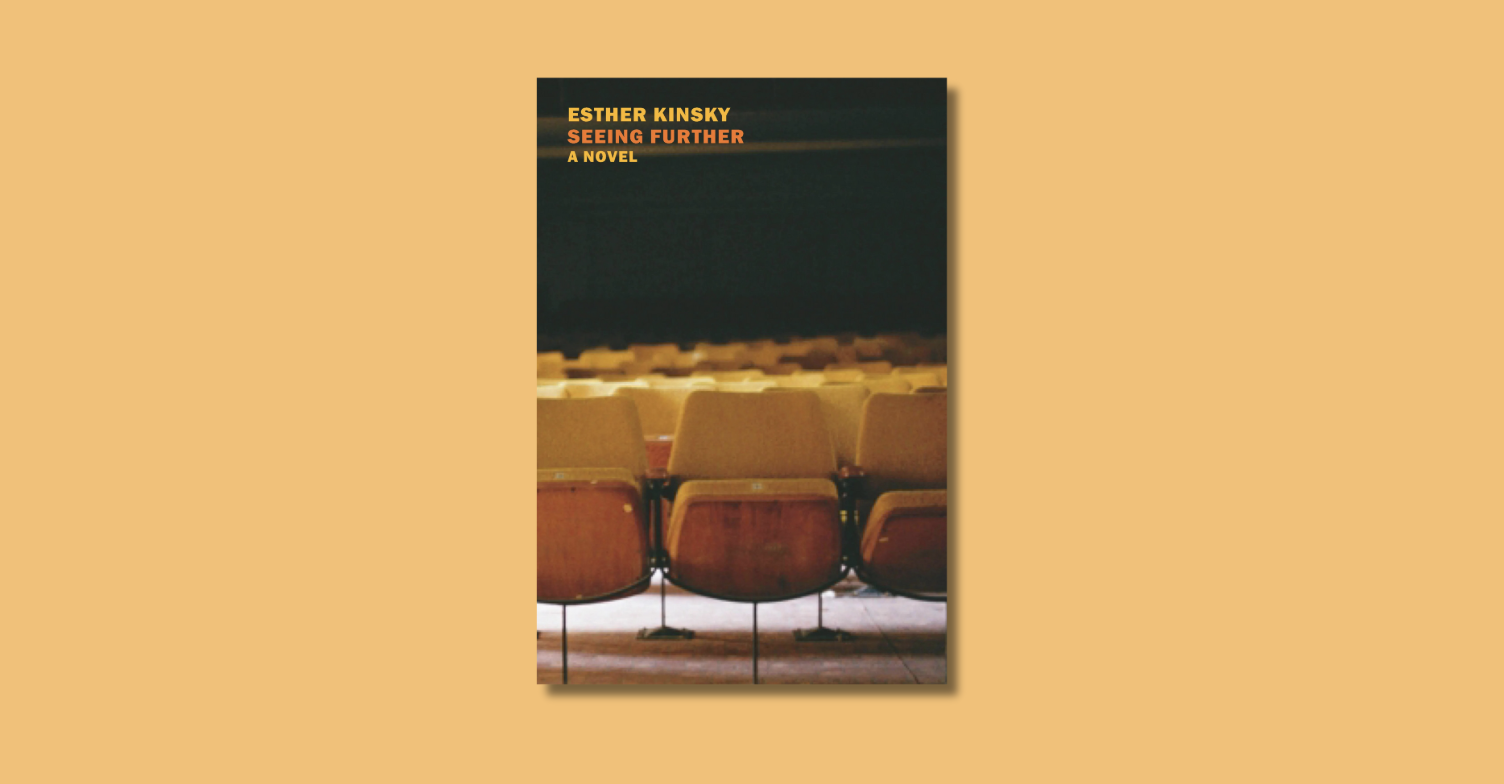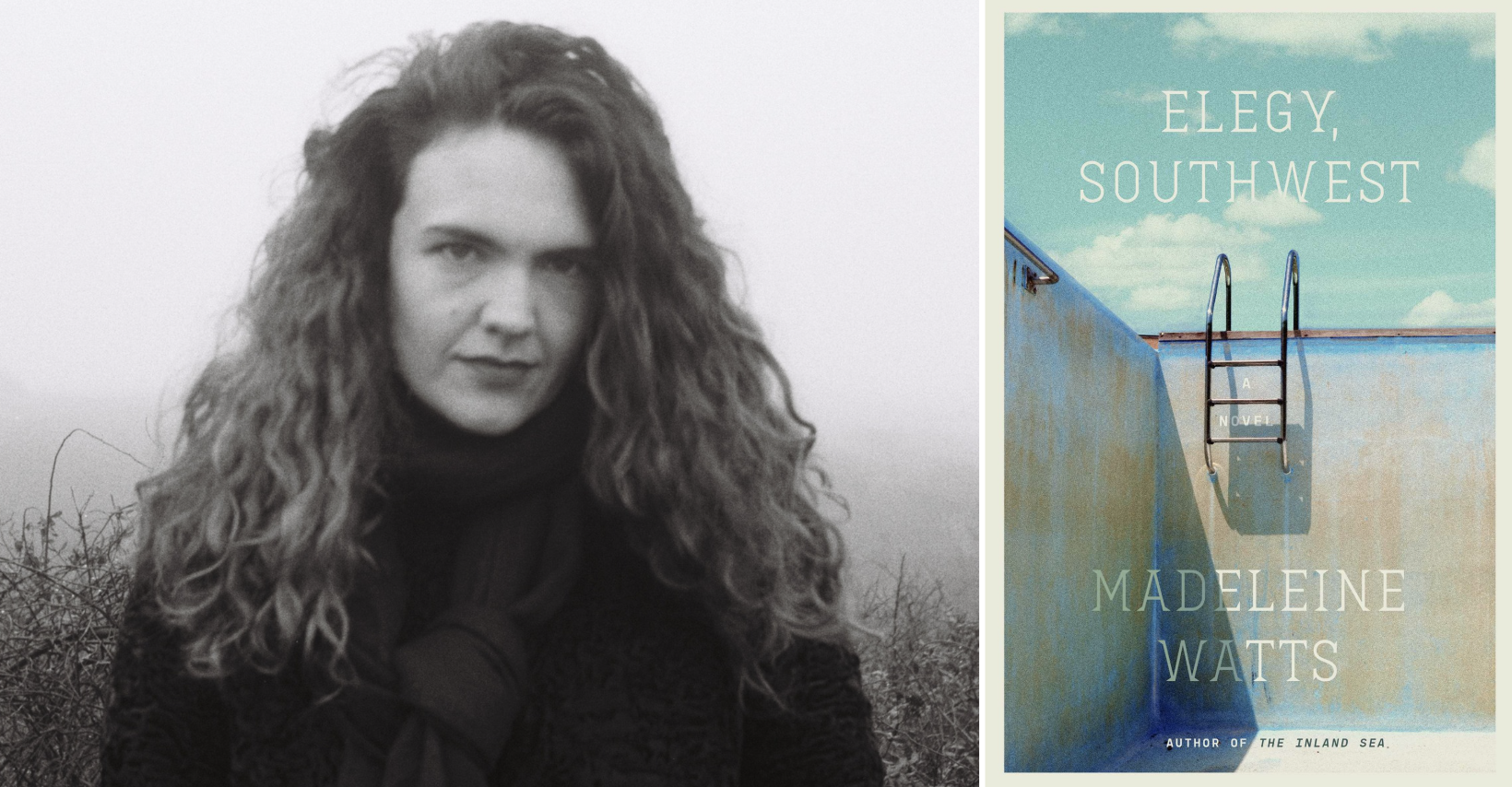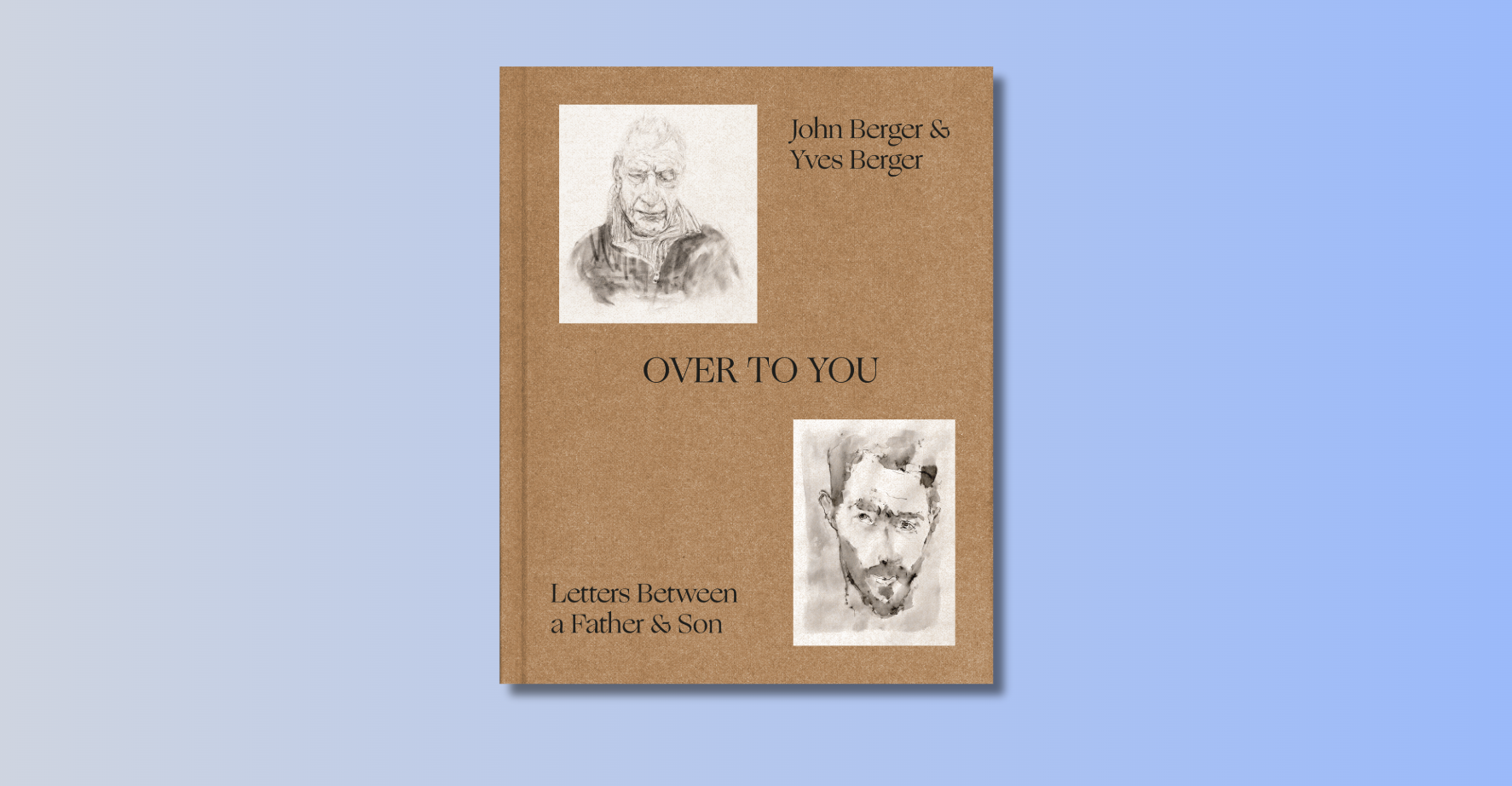Some of you may know that I’m a pretty big fan of comics, or to put it more broadly, stories told in a visual format. I’m not heavily into the superhero stuff, but I love newspaper comics and graphic novels as well as cartoons and animation of all kinds. So, naturally, I was pretty excited when I discovered Scott McCloud a couple of years back. McCloud is the author of two fascinating books, the first, Understanding Comics, is a study of visual storytelling. It is presented in a very clever comic format, and even if you never intend to create your own comic one day, it brings up a lot of interesting stuff about how we convey perceive narratives. A second book called Reinventing Comics addresses the many doors that have been opened to the medium by the advent of computers and the internet. Today I happened upon McCloud’s website. I’m not sure why I never thought to look for it before, but I’m glad I found it. There’s a blog, a daily improvisational comic, and tons of other comics by him and others. Check it out. It’ll keep you busy for a while.








